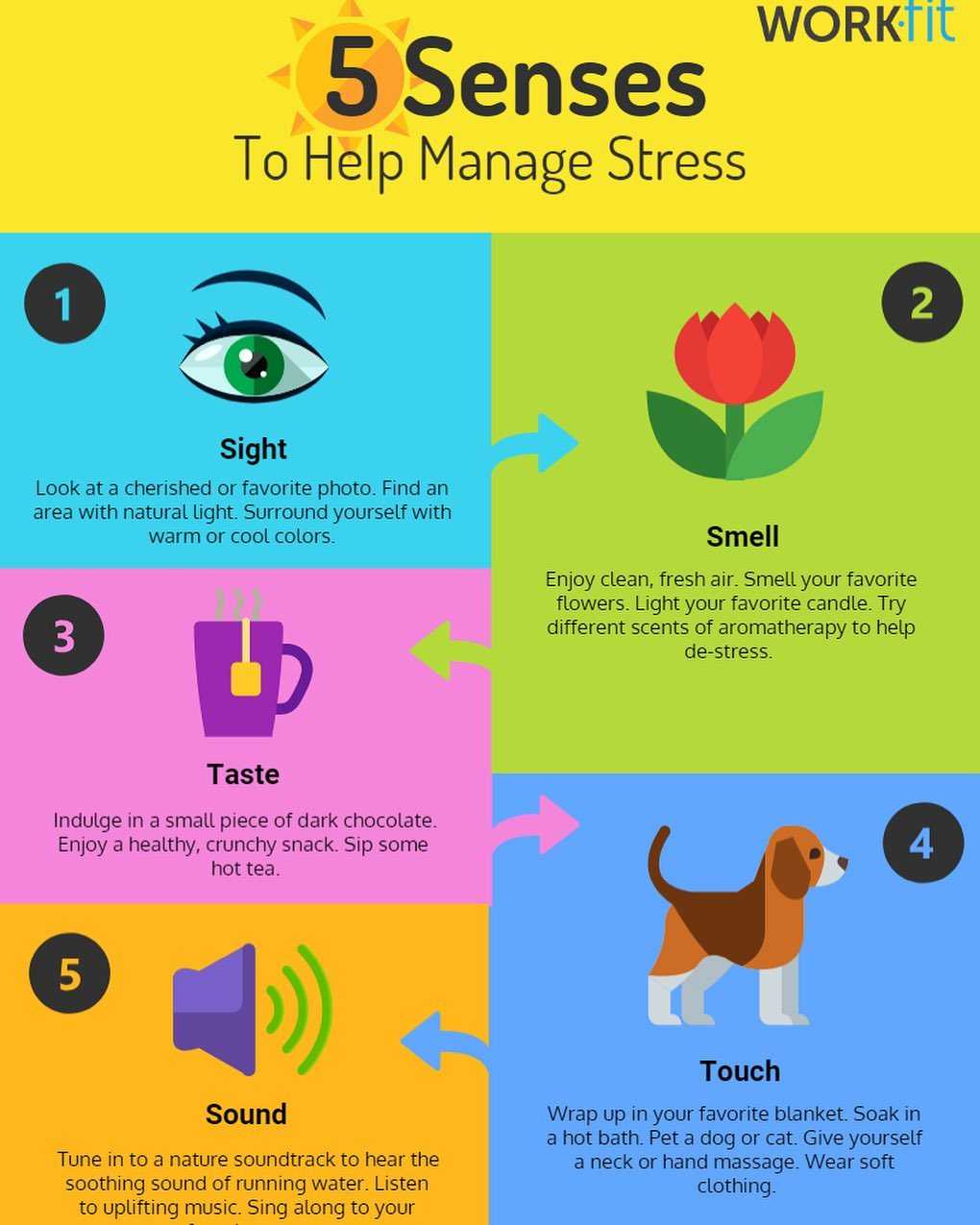In today’s fast-paced world, stress and anxiety have become prevalent issues affecting individuals of all ages and backgrounds. These mental states can significantly impact our overall well-being, causing emotional distress, physical symptoms, and impaired functioning. Fortunately, a range of techniques has been proven effective in managing stress and anxiety, helping individuals regain control and find inner peace.
Recognizing the signs and symptoms of stress and anxiety is the first step towards addressing these conditions. Common indicators include feeling overwhelmed, irritable, or constantly worried; experiencing difficulty sleeping, concentrating, or making decisions; and having physical symptoms such as headaches, muscle tension, or stomach issues.
With an understanding of the signs and symptoms, let’s delve into some practical techniques for managing stress and anxiety effectively:
Techniques to Manage Stress and Anxiety
Practical strategies for inner peace and well-being.
- Practice mindfulness and meditation
- Engage in regular physical activity
- Maintain a balanced and healthy diet
- Prioritize adequate and restful sleep
- Cultivate positive relationships and social support
- Learn and apply relaxation techniques
- Seek professional help when needed
- Adopt a positive mindset and gratitude
By incorporating these techniques into your daily routine, you can effectively manage stress and anxiety, promoting overall well-being and inner peace.
Practice mindfulness and meditation
Mindfulness and meditation are powerful techniques for reducing stress and anxiety by bringing your attention to the present moment and training your mind to focus on the things that matter most. Here’s how you can incorporate mindfulness and meditation into your routine:
- Find a quiet place to sit or lie down. Close your eyes and take a few deep breaths. Focus on your breath, noticing the sensation of the air moving in and out of your body.
- Pay attention to your thoughts and feelings as they arise. Acknowledge them without judgment. If your mind starts to wander, gently bring your focus back to your breath.
- Practice body scan meditation. Shift your attention to different parts of your body, starting from the top of your head and working your way down to your toes. Notice any sensations or tension in each area.
- Engage in mindful activities. Throughout your day, take moments to pause and pay attention to the present moment. This could involve focusing on the taste of your food while eating, the sensation of the breeze against your skin while walking, or the sound of the rain while listening to it fall.
Images References :

Woody Beck, a happy parents with two kids.


